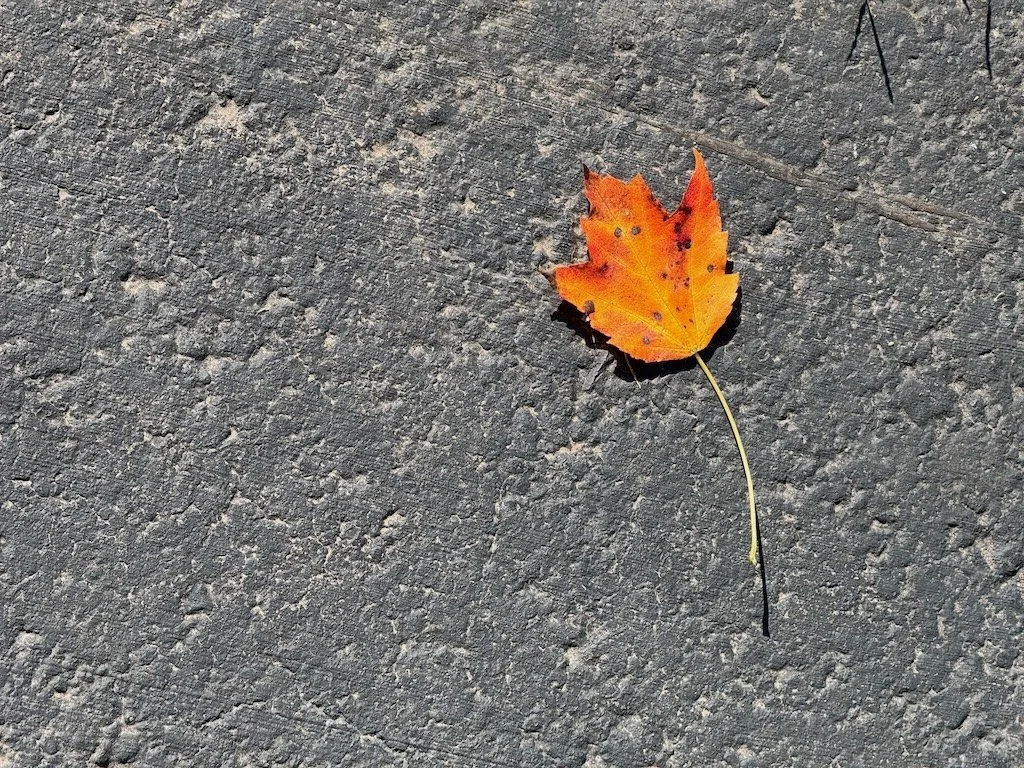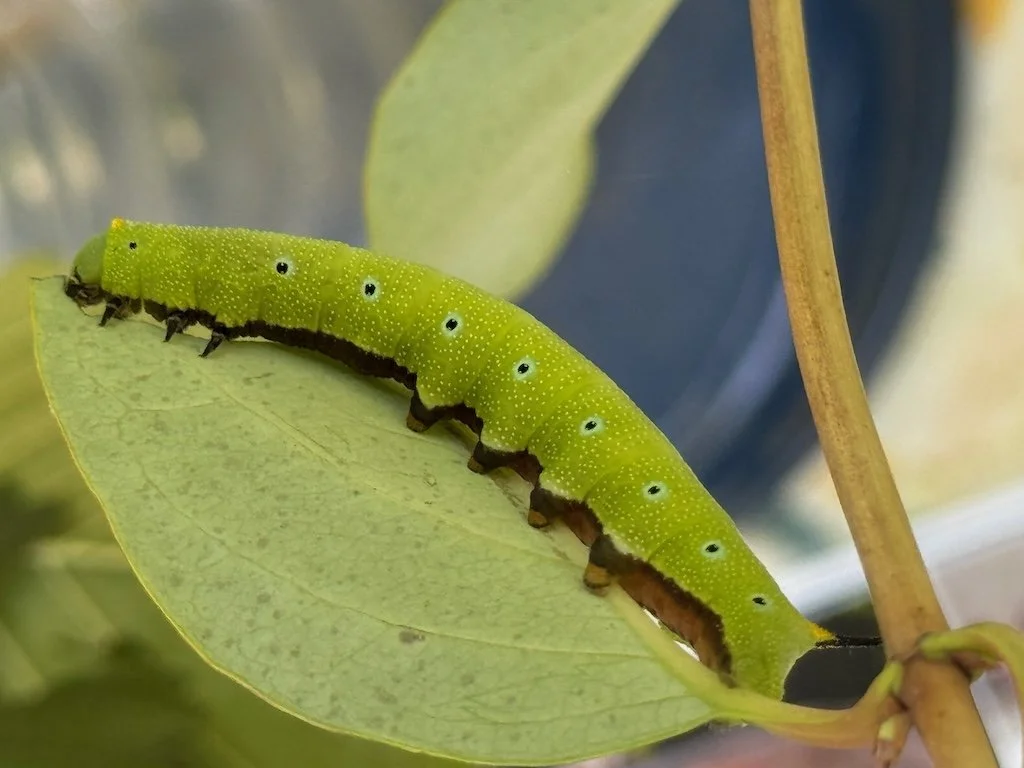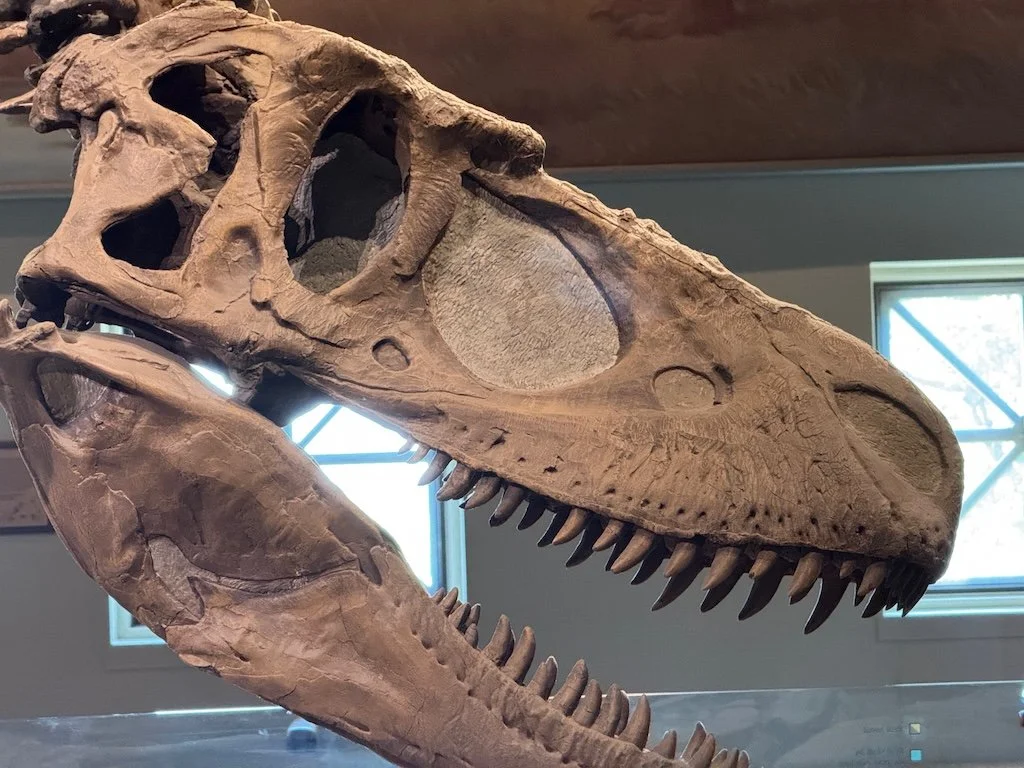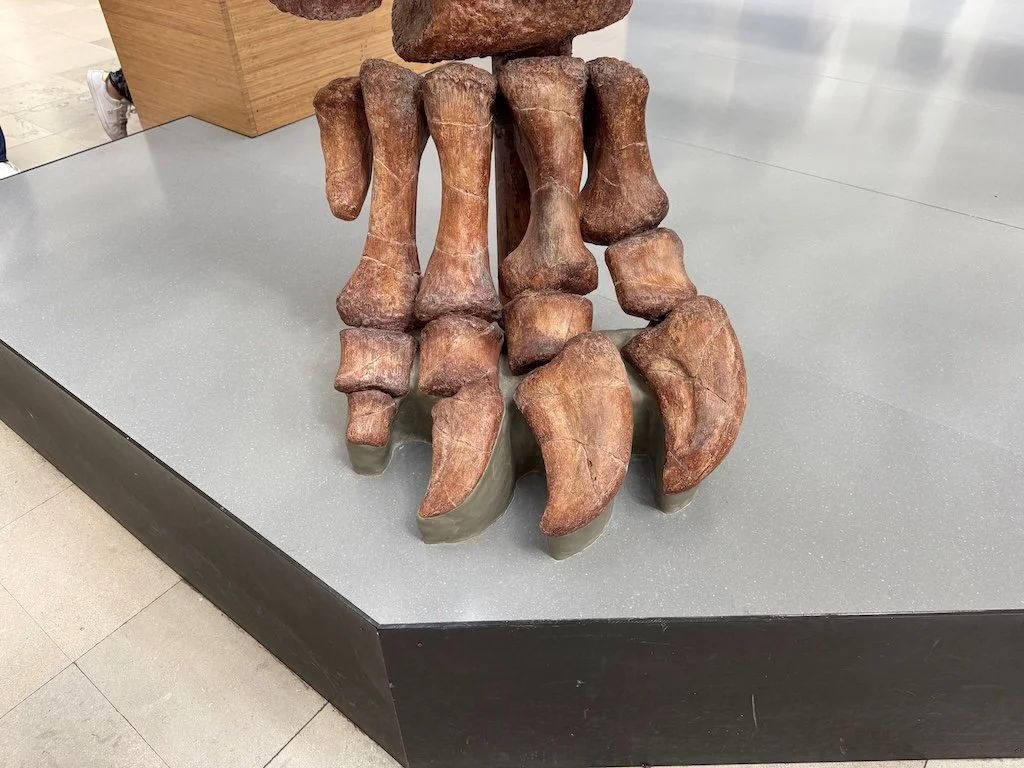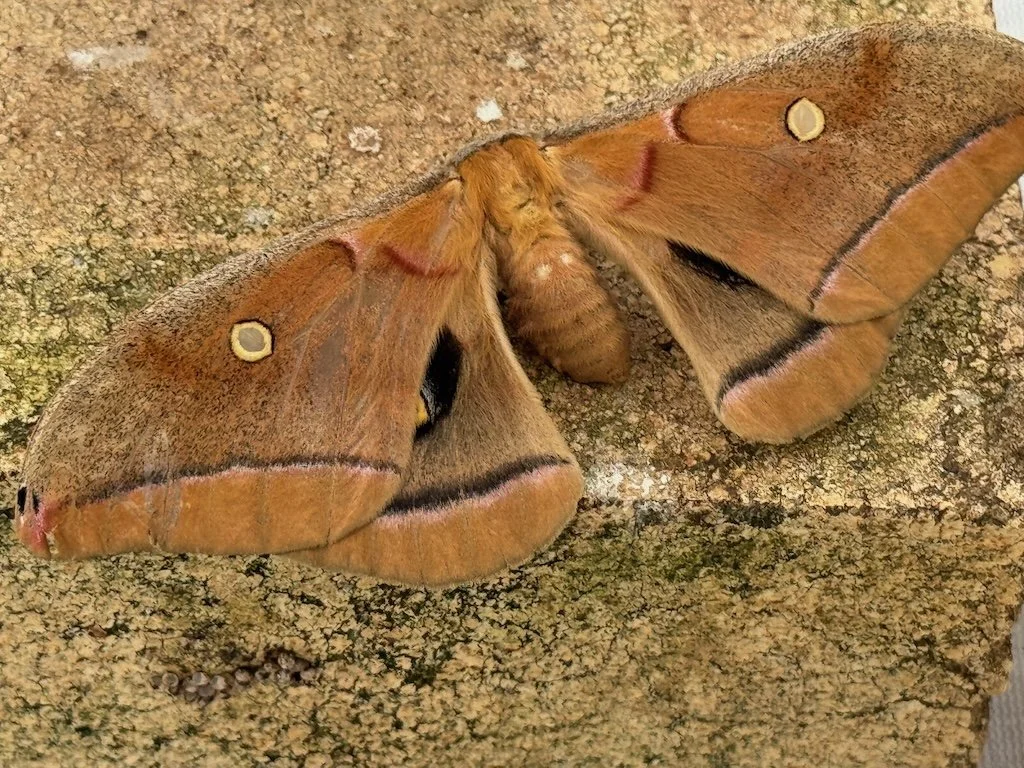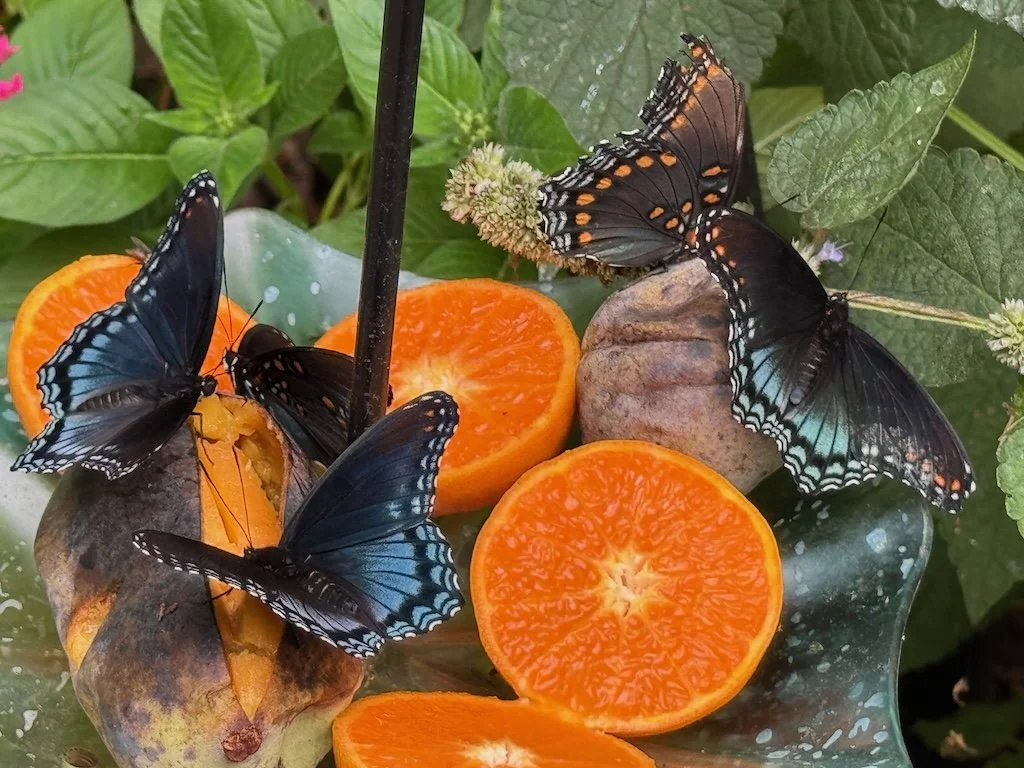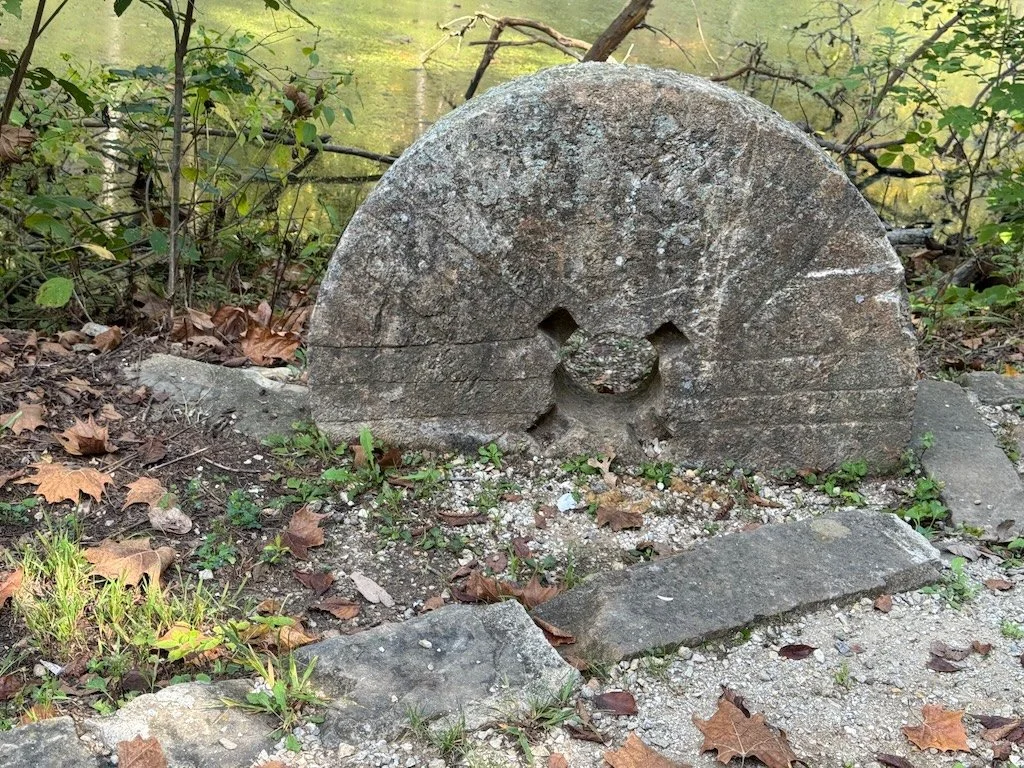Gleanings of the Week Ending August 24, 2024
/The items below were ‘the cream’ of the articles and websites I found this past week. Click on the light green text to look at the article.
Warming waters and nutrient overload: A dangerous combination threatening our rivers and lakes - Food webs are becoming less complex in warmer, nutrient-rich waters. This simplification means shorter food chains and a degraded functioning ecosystem.
Stonehenge’s giant Altar Stone came all the way from north-east Scotland – here’s how we worked out this astonishing new finding – It evidently came from north-east Scotland at least 430 miles from where it is today!
Over half of iron deficiency cases in large health system still unresolved at three years - Factors associated with a higher likelihood of getting iron levels back to normal included older age (age 60 and up), male sex, Medicare insurance, and treatment with IV iron alone. Younger patients, females, and Black individuals were most likely to remain iron deficient or experience longer lags in getting their iron stores back to a healthy level.
What the Mesopotamians had for dinner – Small clay tables date to 1730 BC or earlier…are about preparing food! The instructions are terse, clipped. And as is the case for many old recipes, from all vintages of the human relationship with cuisine, amounts are not specified. Here is how one of the stews is made: for the lamb stew known as tu'hu, first you get water. Then you sear leg meat in fat. In go salt, beer, onion, rocket, coriander, Persian shallot, cumin, beets, water. Crushed leek and garlic and more coriander, for a fiery taste. Then add kurrat, an Egyptian leek. The beets turn it an electric red.
Cleaning up the aging brain: Scientists restore brain's trash disposal system – Using a hormonal like drug to help the glymphatic system of the aging brain to remove toxic buildup more effectively (as younger brains do).
Plant disease could spell apocalypse for citrus fruits - Huanglongbing (HLB), also known as “citrus greening” disease. The economic impacts are dramatic in some countries. In Brazil, production has fallen by more than 20%, 60% in Guadeloupe and plummeted by more than 90% in Florida.
U.S. Wind Generation Hit Record in April, Beat Coal! – Hope this begins happening more often. It should as more wind energy comes online and coal plants are shut down.
Our skin is teeming with microbes. We should learn to love them - Zoom in on any square centimeter of the skin on your body and you'll find between 10,000 to one million bacteria living there. The skin microbiome is second only to our guts when it comes bacterial diversity. This is quite surprising if you think about it. Compared to the safe, warm and moist habitats of our mouths or guts, the skin is an inhospitable place.
Maine! Ghost Plant – A parasitic plant I learned about in my general biology course….and was thrilled the first time I saw it in the wild years ago. I haven’t seen it since.
Five ways science is tackling the antibiotic resistance crisis – Natural products, the promise of AI, combination therapies, immune assistance, efficient diagnostics….and we need more.

